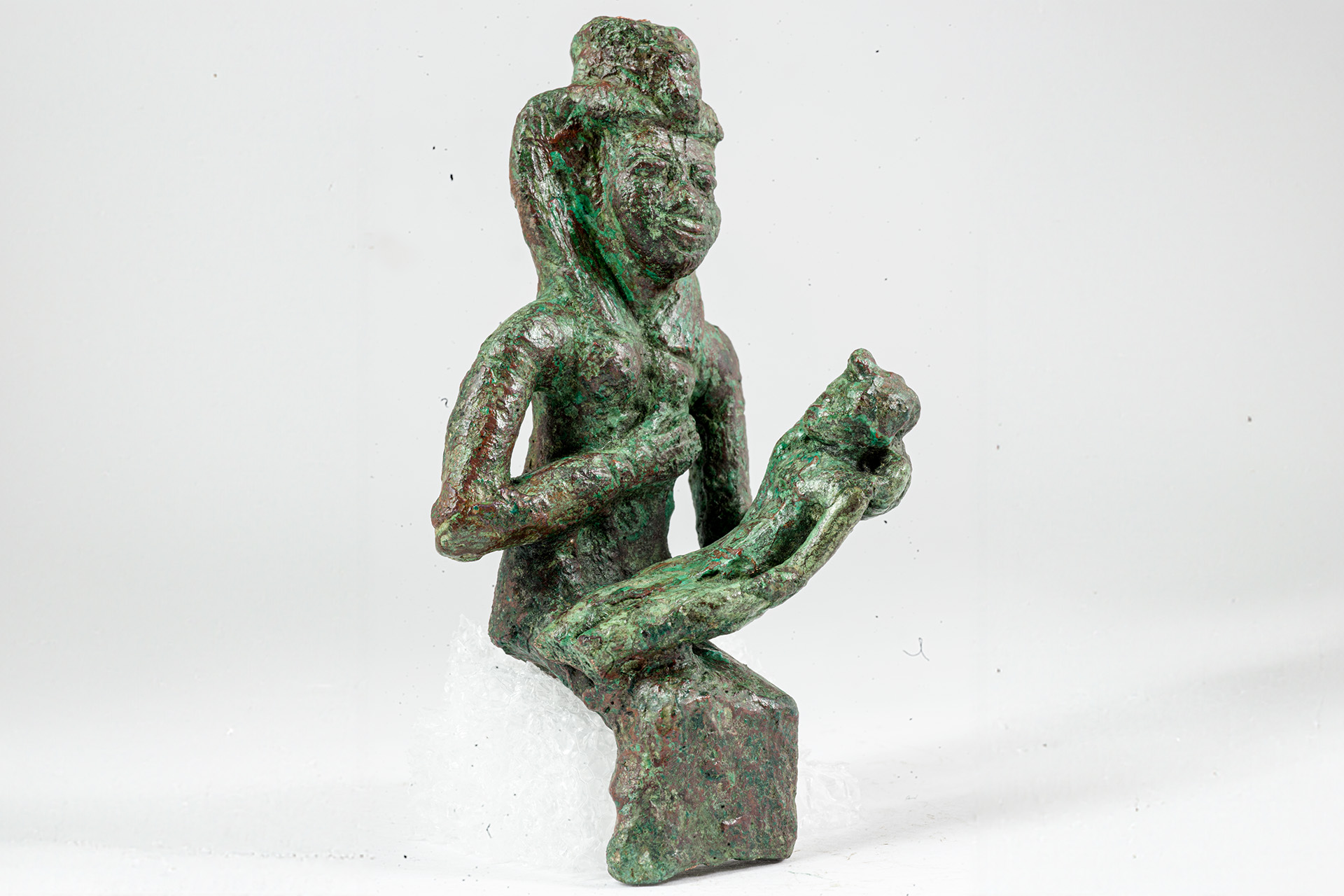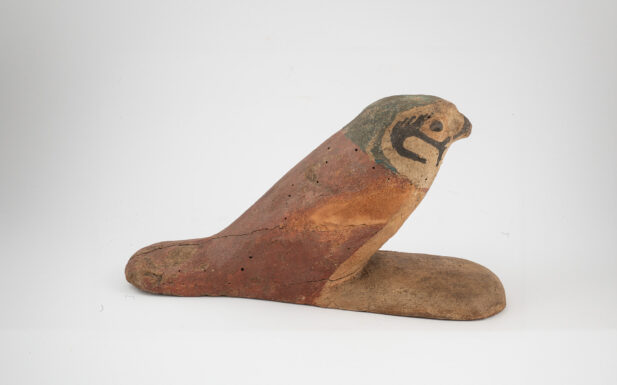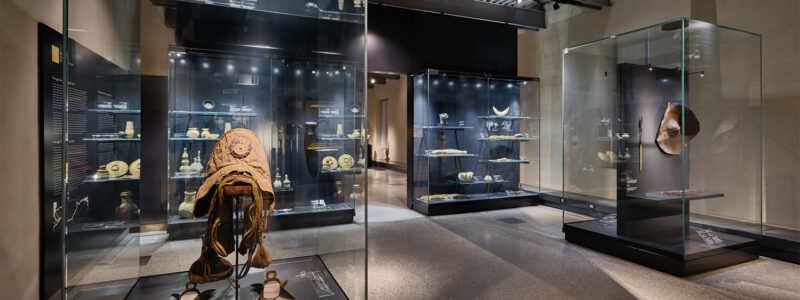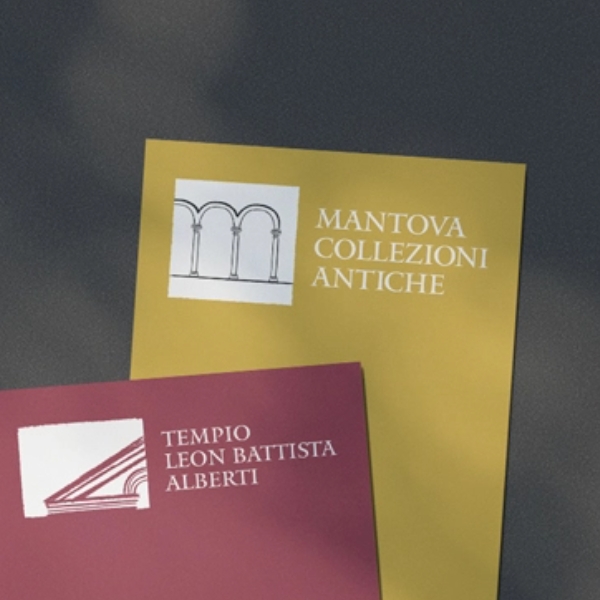Statuettes of the God Osiris
Late Period (664-332 BC)
bronze
Osiris is undoubtedly one of the most important and complex deities of the Egyptian world, whose origins are still obscure. The god was killed by his brother Seth, who cut his body into pieces and dispersed them in the Nile. Isis, his sister and wife, reassembled the body and united sexually with her husband, conceiving their son Horo. The death and rebirth of Osiris as lord of the underworld fuelled the importance of his cult and the hope for an eternal life beyond death for every deceased person. The production of small bronzes in his image increased from the 7th century BC as an expression of a new form of popular devotion. These are propitiatory or thanksgiving votive offerings, deposited by the Egyptians in temple areas, which show the god in his most common iconography: standing or seated, wrapped in a burial shroud, with a false beard, while holding in his hands the nekhekh scourge and the heqa sceptre, symbols of kingship. Osiris also wears the atef crown – the white Upper Egyptian crown flanked by two ostrich feathers -, sometimes embellished with ram’s horns, or the hedjet crown alone – the white crown.
Statuettes of the Goddess Isis
Late Period (664-525 BC)
Bronze
The Goddess par excellence of the Egyptian religious universe is Isis. Known especially during the Old Kingdom (c. 2705-2225 BC) as ‘the greatness of magic’, Isis soon assumed a particularly important role as the sister and wife of Osiris, a ruler who, killed by his brother Seth, became god of the underworld, bequeathing to his son Horo the right to rule on earth. These bronze statuettes of Isis lactans or kourotrophos, a typology widely documented in Egypt from the 8th century BC onwards and then attested throughout the Mediterranean basin until the 4th century AD, show the goddess in her function as a mother who through breastfeeding transmits the paternal legacy of earthly kingship to the child Horo
Statuettes of the God Horo as a child
Late Period (664-332 B.C.) – Ptolemaic Period (306-30 B.C.)
bronze
The bronze statuettes depict the God Horo as a child (Hor-pa-khered), seated or proceeding solemnly, with the typical attributes of a child: a naked body, his head shaven except for a long braid of hair that descends to the right of his face – in one of the statuettes it is currently missing – with his right hand index finger brought to his mouth. The young god wears three different types of headgear, a simple cap with uraeus, the double crown of Upper and Lower Egypt (pschent) with uraeus, and the voluminous hemhem crown on the nemes, which emphasise the royal power he inherited from his father Osiris.
Toeri
New Kingdom (1539-1070 BC) (?)
limestone
This statuette depicts the Goddess Toeri. Iconographically attested from the Old Kingdom (c. 2707-2170 BC) until the Ptolemaic Era (306-30 BC), the Goddess combines animal and human parts in her figure: the head is of a hippopotamus, the arms end in feline paws, while the central part of the back corresponds to the stylised body of a crocodile. The pendulous breasts, typical of any mother who breastfeeds her children for a long time, and the prominent belly of a woman in an advanced state of pregnancy specify Toeri’s scope of action, who is the protector of motherhood, birth and the early stages of life, from childhood to adolescence. In this case, the hippo jaws have been lost, as have most of the lower limbs and the sa (‘protection’) symbol, held with both paws in front of it.








